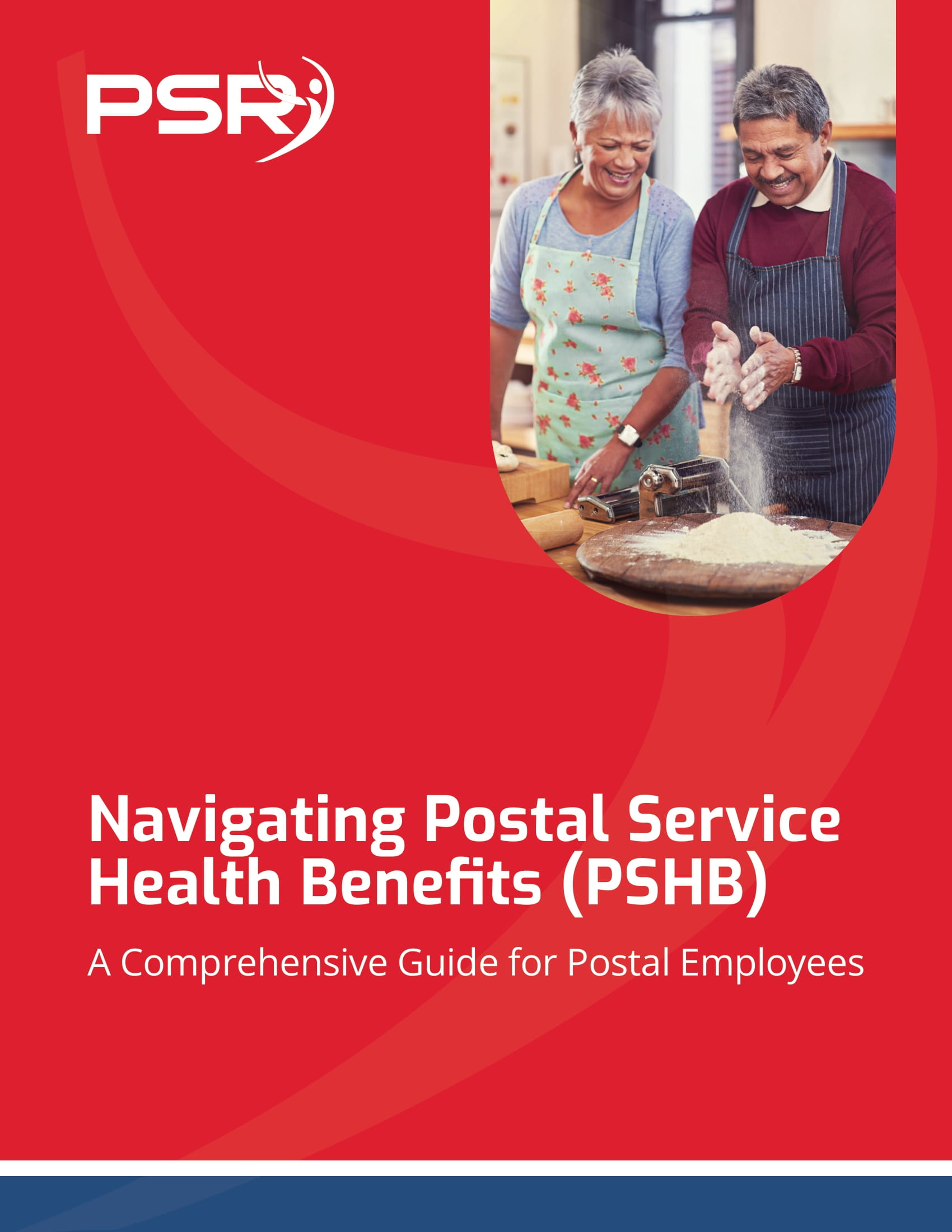Key Takeaways
-
Critical retirement milestones come much earlier for law enforcement officers than for other public sector employees, and missing them can result in missed benefits or reduced payouts.
-
In 2025, understanding mandatory separation age, FERS Special Retirement Supplement, and TSP withdrawal rules is essential to optimize your retirement timeline.
Why Law Enforcement Retirement Works Differently
- Also Read: 6 Important Changes That Could Impact CSRS Retirees in the Future—And What You Should Watch For
- Also Read: 3 Hidden Costs of Early Retirement Under FERS That Can Take You by Surprise
- Also Read: 6 Important Updates Federal Employees Should Know About Hiring, Pay, and Retirement
These provisions are designed to reflect the high-risk, physically demanding nature of your job. But they also mean you need to plan ahead, sometimes decades in advance. The last thing you want is to find yourself just months away from retirement and suddenly realize you missed a key requirement years ago.
The Mandatory Retirement Age Can Hit Hard
Under current rules, law enforcement officers must retire by the end of the month in which they turn 57, unless granted a waiver.
-
Mandatory retirement age: 57
-
Waiver eligibility: Only up to age 60, and only if the agency deems you essential
If you don’t plan accordingly, reaching 57 can abruptly cut off your service time, leaving your retirement benefits short of what they could be. Some officers consider transferring into non-SCE roles to extend their careers, but doing so too late may not help your retirement calculation.
When You Can Retire With Full Benefits
Law enforcement officers can retire earlier than most government employees, but only if they meet two important conditions:
-
At least 20 years of creditable service
-
Minimum retirement age of 50
Alternatively, you can retire at any age with 25 years of law enforcement service.
What counts as “creditable service” includes time spent in a covered law enforcement position and military service if bought back. Make sure you have proper documentation for all years to avoid delays when applying for retirement.
Your FERS Special Retirement Supplement Timeline
The FERS Special Retirement Supplement (SRS) is only available to those who retire under specific conditions. If you’re eligible, it bridges the gap between your retirement date and age 62, when you’re eligible for Social Security.
Here’s how it works in 2025:
-
You must retire under one of the SCE provisions (age 50 with 20 years, or any age with 25 years).
-
The SRS ends at age 62, whether or not you begin Social Security.
-
The supplement is reduced if you earn more than $23,480 in 2025 from wages or self-employment.
This timeline matters because the SRS gives you a significant income stream early in retirement. If you retire under different provisions, such as Minimum Retirement Age with fewer years of service, you forfeit this supplement entirely.
Time-Sensitive Military Buyback Options
If you served in the military, you might be able to buy back your time to count toward your retirement. But this must be done before you separate from federal service.
-
The military deposit must be paid in full before retirement.
-
Interest begins accruing after your third year of civilian service, so starting early can save you hundreds or even thousands.
Buying back three or four years of service could make the difference between meeting the 20-year minimum and falling short. Start this process at least 2 years before your planned retirement date.
TSP Withdrawal Rules You Need to Know
You’ve likely built up substantial savings in your Thrift Savings Plan (TSP). But withdrawing those funds carries different rules depending on your age and separation status.
In 2025, if you separate from service in the year you turn 50 or older, you qualify for penalty-free withdrawals. This is a major advantage for law enforcement retirees, as most public employees must wait until age 59½ to avoid the 10% early withdrawal penalty.
Some important timing points:
-
You must separate during or after the year you turn 50.
-
If you separate earlier, you’ll face a penalty for early withdrawals unless you use other IRS exceptions.
Understanding this distinction lets you avoid costly surprises when you begin tapping your TSP.
Annual Leave Payout Timing
When you retire, any unused annual leave is paid out in a lump sum. But the timing of your retirement can affect how much you receive.
To maximize this payout:
-
Retire at the end of the leave year, not the calendar year. In 2025, the leave year ends January 11.
-
If you retire after that, you could lose any accrued leave above the carryover limit (240 hours for most employees).
Plan your exit date carefully to ensure you receive the full value of your earned time off.
Sick Leave Can Add to Your Service Time
While sick leave doesn’t count toward eligibility for retirement, it can increase your annuity calculation.
-
In 2025, 2,087 hours = 1 year of service credit
-
If you have 1,043 hours, you’ll get credit for 6 months
Track your sick leave balance regularly, especially in your final year. This additional time can raise your monthly annuity and improve your overall retirement outlook.
Know When to Submit Your Retirement Paperwork
Timing your paperwork is just as important as meeting eligibility milestones. Here’s a general timeline to follow in 2025:
-
12 months before retirement: Request an annuity estimate and verify your service history
-
6 months before: Submit your retirement application (SF 3107)
-
2-3 months before: Confirm your TSP withdrawal strategy and ensure your military deposit is complete, if applicable
Submitting late may delay your pension payments or reduce the chances of resolving errors before separation.
Survivor Elections Must Be Finalized Before You Retire
If you’re married or wish to provide survivor benefits, the election must be made on your retirement application. This choice affects your annuity permanently.
-
The full survivor benefit reduces your annuity by 10%, but provides 50% of it to your spouse after your death
-
You must submit spouse consent to opt for less than the full benefit
Plan this well in advance, especially if your spouse depends on your income or health benefits after retirement.
Staying on FEHB and FEDVIP in Retirement
As a law enforcement retiree, you can carry your Federal Employees Health Benefits (FEHB) and dental/vision coverage (FEDVIP) into retirement if you meet the following conditions:
-
Enrolled in FEHB for at least 5 consecutive years before retirement
-
Retire on an immediate annuity
Premiums are generally the same in retirement as during your career, but costs tend to rise with age. Coordinating FEHB with Medicare Part B at age 65 can help reduce your out-of-pocket expenses.
Make sure you understand which dependents remain eligible and how survivor elections can affect coverage continuation.
Social Security and Law Enforcement Timing
In 2025, your Social Security options also depend on your work history outside of law enforcement. But your FERS service qualifies you for Social Security, including the early retirement option at age 62.
Things to keep in mind:
-
Taking Social Security early results in permanent reductions to your monthly benefit
-
Waiting until full retirement age (67) gives you the full amount
-
Your earnings between retirement and 62 can reduce your benefit if they exceed $23,480 in 2025
If you’re relying on the FERS Special Retirement Supplement, consider how additional income could affect that benefit as well.
What Happens If You Work After Retirement
If you return to federal service after retiring, you may be subject to salary offsets or benefit reductions.
In most cases:
-
Your annuity continues, but your salary is reduced by the amount of your pension
-
You may need to requalify for retirement benefits if you serve long enough in a new role
It’s best to understand reemployment rules before accepting a post-retirement job offer, particularly if it’s within the federal system.
Getting the Timing Right Makes All the Difference
Every aspect of your retirement—from age requirements to supplemental income to TSP access—hinges on meeting specific deadlines. Law enforcement retirement timelines are shorter, faster, and less forgiving than those of other public employees.
Start evaluating your retirement milestones now to avoid unnecessary reductions or missed benefits later. Talk with your HR office and review your service history annually. Most importantly, don’t leave planning until the final year.
For help understanding how these timelines apply to your unique situation, reach out to a licensed agent listed on this website for personalized guidance.









